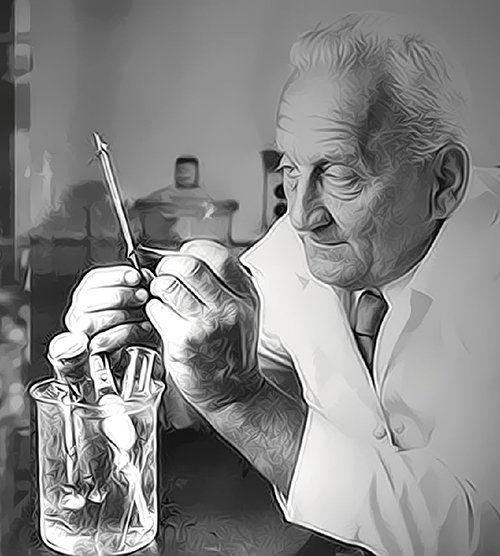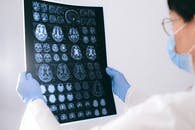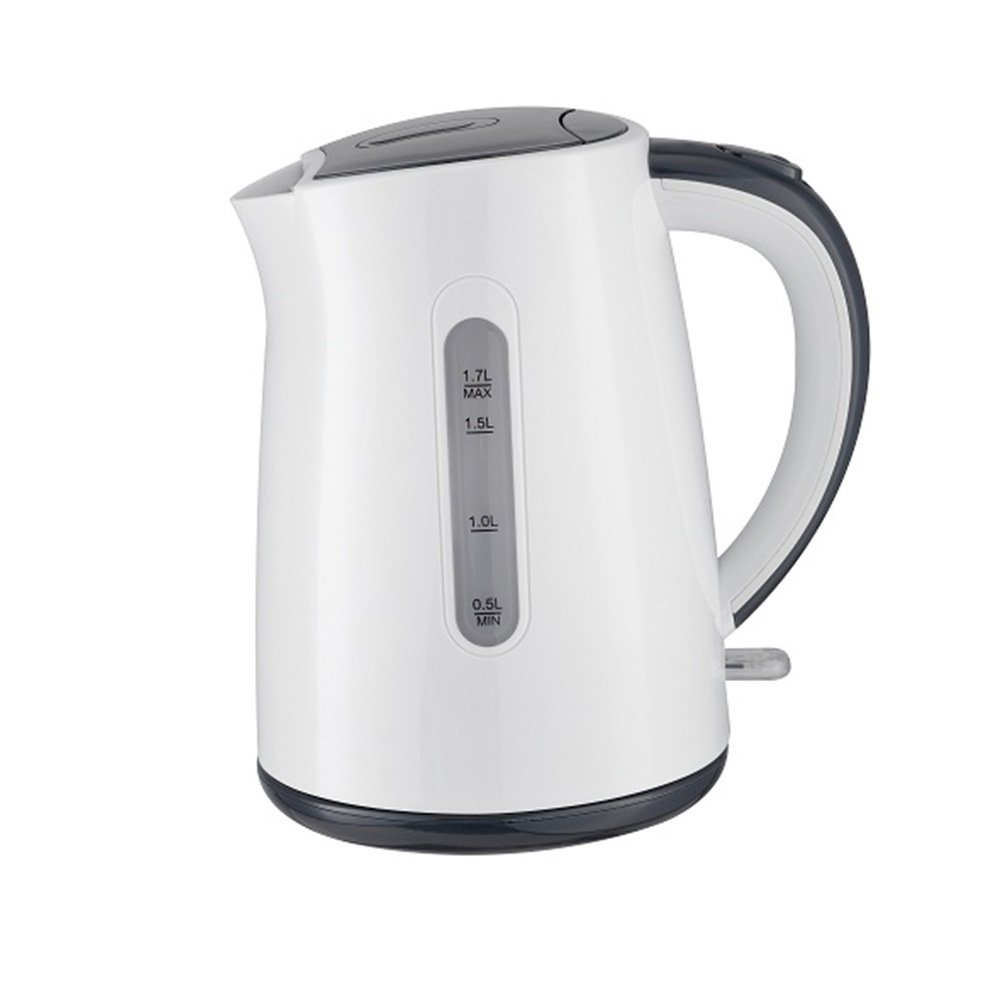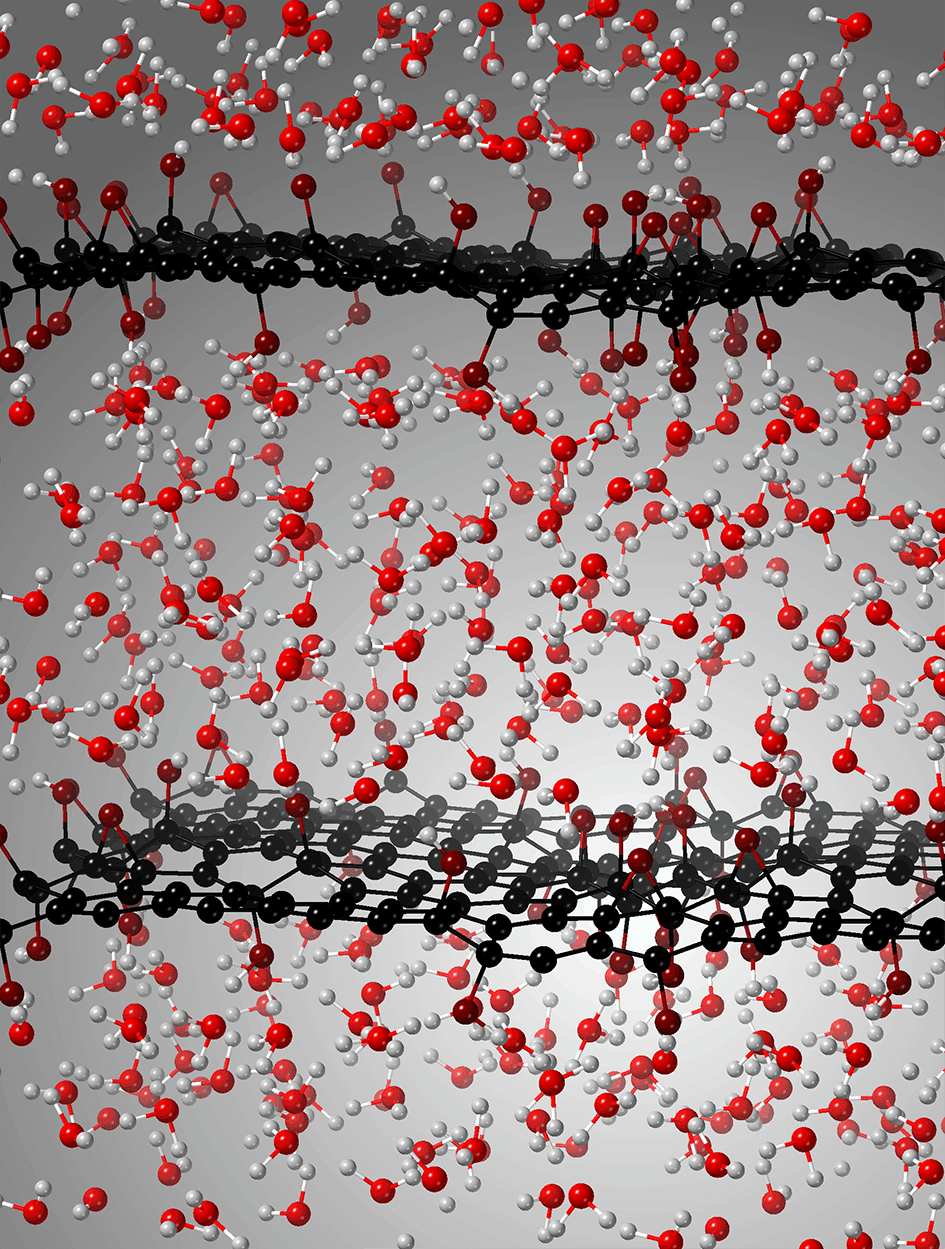Dozens of studies have shown a relationship between prenatal exposure to chemicals found in drinking water and negative health effects for children.


Dozens of studies have shown a relationship between prenatal exposure to chemicals found in drinking water and negative health effects for children.
Breakthrough sanitizing WITHOUT chemicals. Already used by hundreds of hospitals, restaurants and commissaries. Now it home use size.

Molecular hydrogen: 👍 Results for DNA and chromosomes, nutrient sensing, protein, and lipid metabolism, oxidative stress and mitochondria, cell senescence, inflammation, brain metabolism, cognitive functioning, physical function, body composition, resting blood pressure, facial skin features, sleep outcomes, and health-related quality of life.

If someone told you that drinking water daily could improve aging-related biomarkers, ie, total antioxidant capacity, advanced glycation end products, tumor necrosis factor-α, free fatty acids, and alanine aminotransferase in plasma… you’d be interested, right?

Plastics in your coffee? Do you use a plastic kettle?

Can drinking high level molecular hydrogen water help my veins?

Act today and help us save our wonderful Australian birdlife!

Check our latest customer stories and earn $25 + the chance to get your next relacement filter (Value $250) for free.

Graphene Oxide: a new water contaminant and how we MIGHT get rid of it.

Tywon Hubbard is our alltime expert on molecular hydrogen, H2, and alkaline water. He researches to such a degree that I believe everything he says.